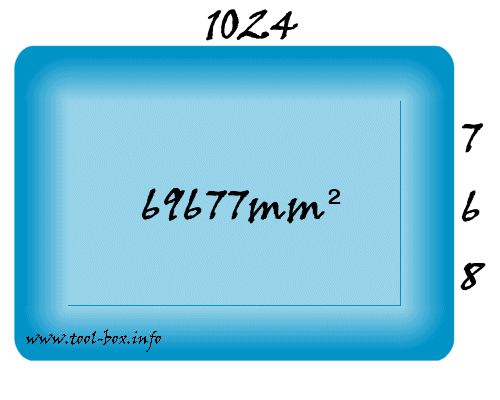Building LCD Monitor (2/9)
Posted by Wesley onWhile there has been great price reduction of the LCD displays, it still hovers beyond the price range of the comparably-sized (CRT monitors lose about 1 to 1.5 inches of actual display at the edge, so 15" LCD approximately equates to 17" CRT) CRT monitors at the same moment. This is mainly because CRT is a 'mature industry'. CRT had been the primary method of display since the beginning, all the way back to the creation of television in the 1920's. With eight decades of technology build-up, production process has been fully optimized. This results in cheaper production and development costs.
Meanwhile, LCD display technology is a relative newcomer. While the discovery of the principle of LCD dates back to 19th century, utilizing the principle to make a functioning display had been quite difficult. We've only started seeing its use with the laptop computers around late 1980's. Before that, the laptops had small CRT monitor on it. As it is apparent, LCD display production had less time to develop and mature, and its production costs are still relatively high.
Still, the pure material cost of an LCD monitor is generally less than that of the comparably-sized CRT, and this is quite apparent as the size gets bigger. While the LCD only needs to grow two-dimensionally, retaining relatively same thickness regardless of size, CRT grows three-dimensionally, as the electron gun needs to be pulled farther to the back and increases the bulk of the tube. Then why does the price of the LCD monitor get exorbitantly expensive as the size increases? Production yield.

Modern LCD displays are based on TFT (Thin Film Transistor) technology, meaning that the whole display area you will see gets completely covered with tiny transistors. As shown in the diagram above, a casual 15" LCD monitor with 1024x768 resolution has the display area of nearly 70000 square millimetres. This is pretty much the same area covered by the 300mm (12-inch) wafer (70686mm2), which is currently one of the largest wafer used in the production of semiconductors at the moment.
While it is true that the transistors of the LCD are bigger than that of the ones found in many high-performance semiconductors, asking for the whole wafer to be defect-free is a relatively tall order. There are almost always defective chips coming out of a wafer. Defective transistor on LCD means dead pixel, and customers certainly don't want this, so in order to make top-grade LCD display, there will be a relatively high level of rejects. The probability of the reject increases proportionally to the area, so larger the display, more defects there will be.
Fortunately, process refinements enabled considerable reduction of defects, and this is why the LCD display's price have dropped quickly in the recent years. Hopefully, we will be able to see the convergence of price of LCD displays to that of the CRT in the coming years.